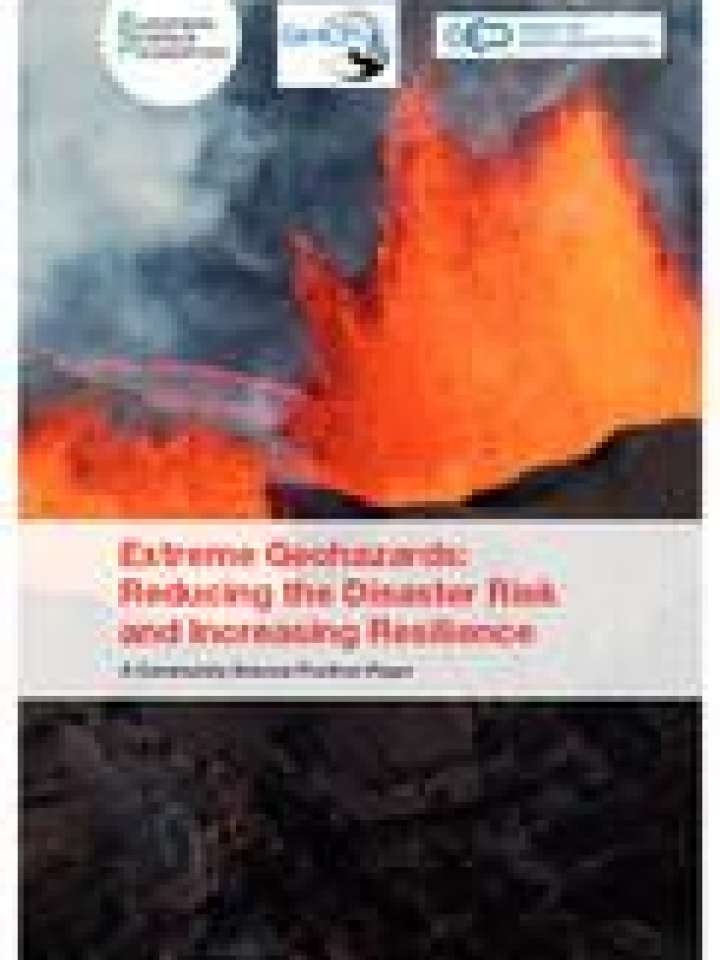Extreme geohazards: reducing the disaster risk and increasing resilience
This community science position paper considers the disaster risk associated with extreme geohazards, such as earthquakes and tsunamis, landslides, extreme temperatures, volcanic eruptions, drought and floods, and addresses the challenges of disaster risk reduction for these events. It analyses the potential effects of low-probability high-impact events, which might cause global disasters and even bring our already stressed global society beyond the limits of sustainability.
The paper, a joint initiative by the European Science Foundation (ESF), the Group on Earth Observations (GEO) and the Geohazard Community of Practice (GHCP), following a high-level ESF-COST Conference on the subject, addresses several types of geohazards, but puts special emphasis on the impending risk of catastrophic effects on populations and infrastructures should our growing and increasingly interconnected modern society be exposed to a very large volcanic eruption.
The paper highlights the urgency of establishing an effective dialogue with a large community of stakeholders in order to develop robust risk management, disaster risk reduction, resilience, and sustainability plans in the coming years and decades. It also underlines the need to develop the methodology to assess the potentially global impacts that a major hazard would have on our modern society, which would provide guidance to reduce vulnerability where possible and increase general resilience in the face of surprise events. It concludes that preparedness requires a global monitoring system that could provide sufficiently early warnings, should such a major hazardous event develop.
The report was presented at a special session during the European Geosciences Union General Assembly (EGU) in Vienna on Tuesday 14 April 2015, 13h30. The EGU General Assembly is an event that brings together geoscientists from all over the world which makes it the perfect place to deliver such a publication.
Explore further
